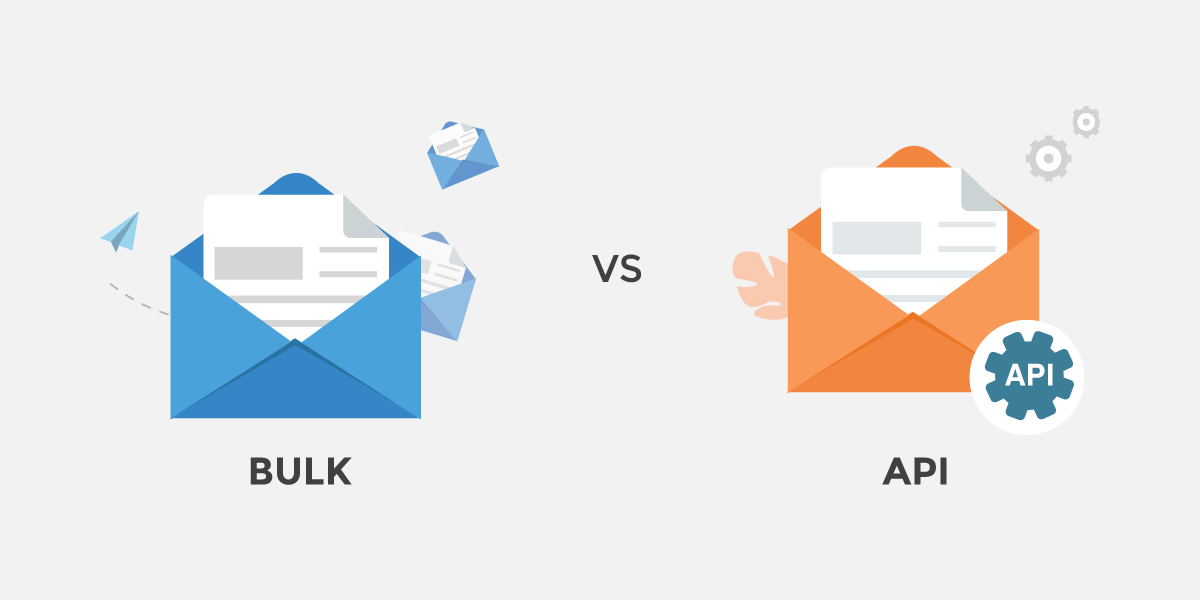
Intro
Email validation is the process of making sure an email address is valid because it’s important to reduce bounce rate when sending an email campaign. Besides that, email validation can be used during account signups on websites to ensure that the user signs up with a valid email address.
MailboxValidator provides 2 methods of email validations. One is the bulk validation and the other is the API validation. Both do essentially the same job but they are geared towards different platforms and dissimilar users.
Reduce bounce rate with bulk email validation
Most users will choose the MailboxValidator bulk email validation. Users just upload a CSV file containing their mailing list and then wait for the results. Below are some of the pros and cons of using the bulk validation.
Pros
- No programming or coding needed.
- Easy to use; just upload a file and wait for the results.
- Built-in integrations with various Email Service Providers (e.g. MailChimp, AWeber, SendGrid).
See complete list of integrations. - Various result files (good results, bad or invalid results, all results).
Cons
- Input file must be in a Comma-Separated-Values (CSV) format if you’re uploading a file.
- Uploaded files are not processed immediately as there is a queue of submitted files.
Bulk validation is great for cleaning your mailing list before an email marketing campaign to reduce bounce rate and increase open & click rates.
Reduce bounce rate using API email validation
For the developers or programmers, API is the way to go since it can be integrated into their own websites or apps. The API is a RESTful API that takes 3 parameters (email to validate, API key, result format). See API documentation. Below are the pros and cons of using the API validation.
Pros
- A free plan is available that allows 300 email validations every 30 days.
- Can be easily integrated with any websites/apps due to the RESTful design.
- Validation results are returned in almost real-time.
- Various SDKs and plugins are available to work with frameworks, Content Management Systems, blogs and Zapier.
- Auto renewal of API subscription so you don’t have to remember to renew your license.
- Auto recharge of API credits so your credits will be reloaded upon finishing them so there is no disruption to your API usage.
Cons
- Network latency can affect the speed of the API response.
- Websites and apps relying on the API may be disrupted if the API server is down.
- Require programming knowledge to use the API.
It is good to implement API email validation during user signups on websites to reduce bounce when you try to email them later.
Conclusion
The beauty of MailboxValidator lies in the flexibility to use email validation in whatever form makes sense for your needs. In addition, the inclusion of the free API plan means that smaller blogs and forums can benefit from email validation.
Developers and programmers will prefer using the API due to the need for integration with their own products or services. Meanwhile, merchants and email marketers can easily use the bulk validation, thanks to its simplicity. Ultimately, the goal is to reduce bounce rate since a high bounce rate will get you blacklisted as a spammer.
Check out the MailboxValidator plans.
Get started with MailboxValidator
Improve your email deliverability and sender reputation in email marketing.
Register today and clean your email lists for FREE!
